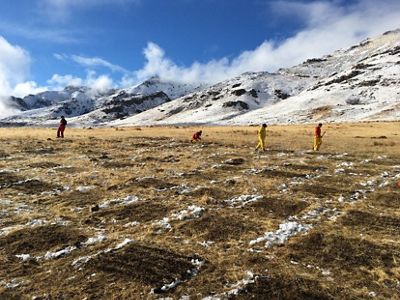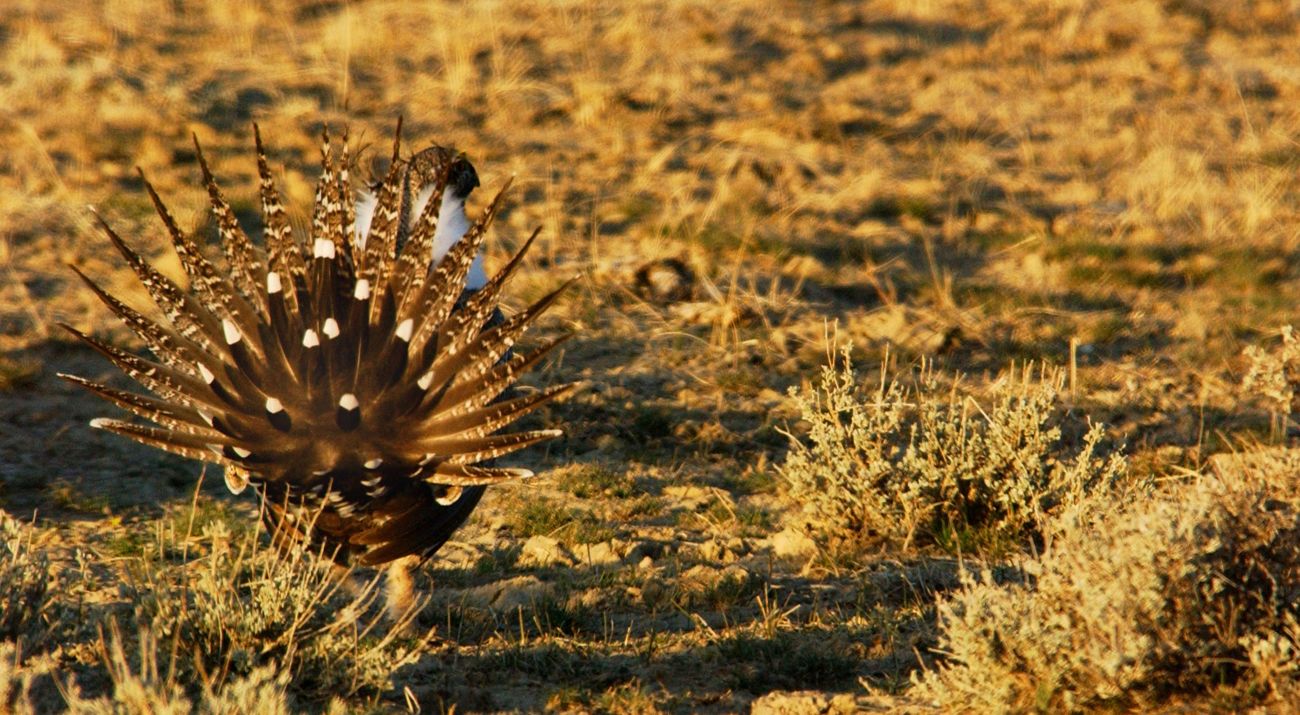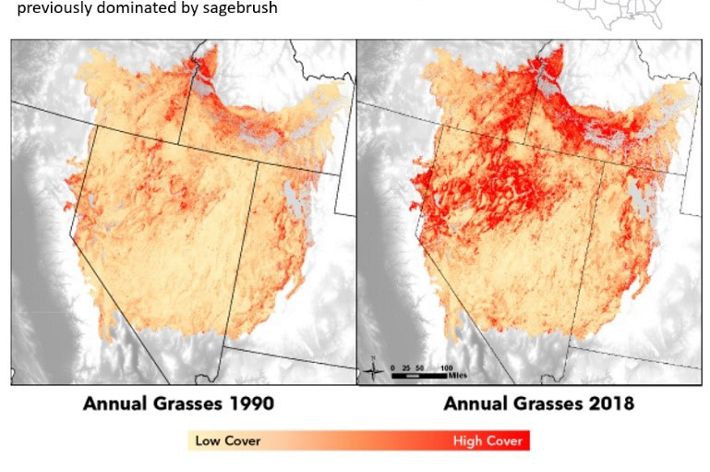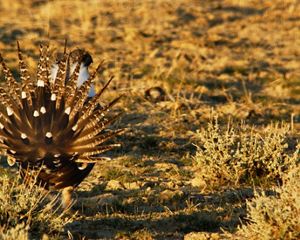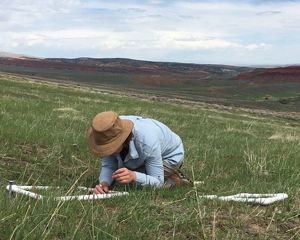Building on Progress for Sage Grouse and Rangelands
Invest in restoration, reject harmful riders to appropriations bills and support states battling invasive species, wildfire.
Invest in restoration, reject harmful riders to appropriations bills and support states battling invasive species and wildfire.
The iconic greater sage grouse, the largest grouse in the Americas, inhabits the high deserts and sagebrush plains of the American West.
At one time, millions of sage grouse dotted the range. Today, only a tiny fraction of those remain. Habitat loss, invasive species and catastrophic wildfires continue to threaten the bird’s population.
More than 350 other species—including elk, mule deer, pronghorn and golden eagles—share the habitat of sage grouse and benefit from conservation and restoration efforts to save the bird.
People suffer from many of the same threats facing the grouse. Invasive cheatgrass and medusahead grass degrade pastures for livestock producers. Wildfires increasingly fueled by quick-drying cheatgrass ruin wilderness for recreation, close rangelands for ranchers and drive up costs for agencies that manage those lands.
Investments in sage grouse management support habitat for big game, livelihoods for rural communities and healthy public lands for all Americans.
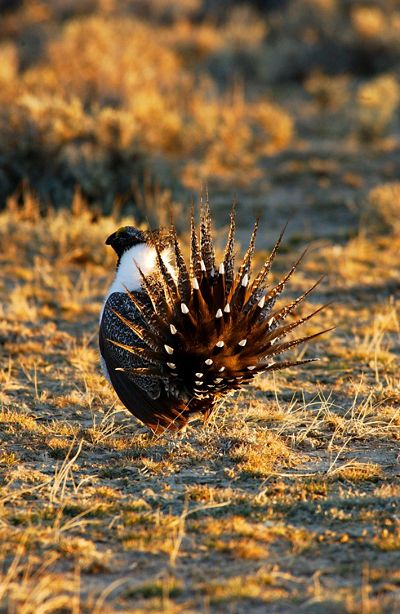
In 2015, federal and state wildlife agencies, TNC and many other organizations and individuals rallied in good faith to put robust protections in place to prevent the need for a listing for the sage grouse under the Endangered Species Act (ESA).
Keeping that promise to conserve and restore millions of acres of habitat requires sustained funding and action.
Reward Collaboration in the Heart of the West
TNC asks members of Congress to respect the years of partnership and recovery efforts by ranchers, biologists, conservationists and sportsmen by doing the following:
Today, the threats to sage grouse are also threats to people and communities. The map below shows how annual grasses, especially cheatgrass, have exploded across the West. Restoring sage grouse habitat also means protecting wildlife and public lands from the threat of catastrophic fires.
TNC Invests in Restoration
TNC is heavily investing in improving restoration outcomes so that federal agencies see more success, more often when they implement restoration practices, either proactively or following wildfires.
Together with the USDA Agricultural Research Service and other partners, TNC is pushing innovative restoration science forward and taking promising ideas to scale.
Because many conventional restoration efforts fail, these new technologies and approaches can reduce restoration costs overall even though they require investment to develop.
